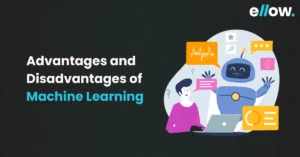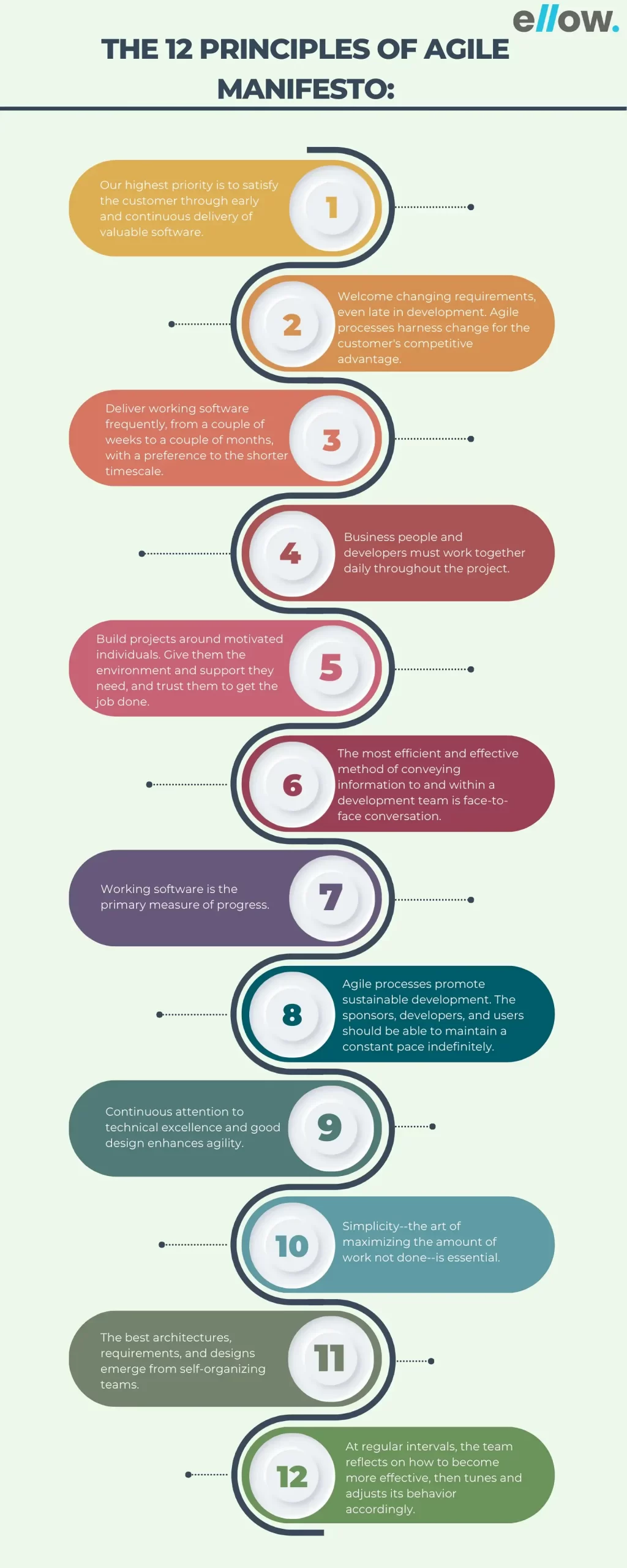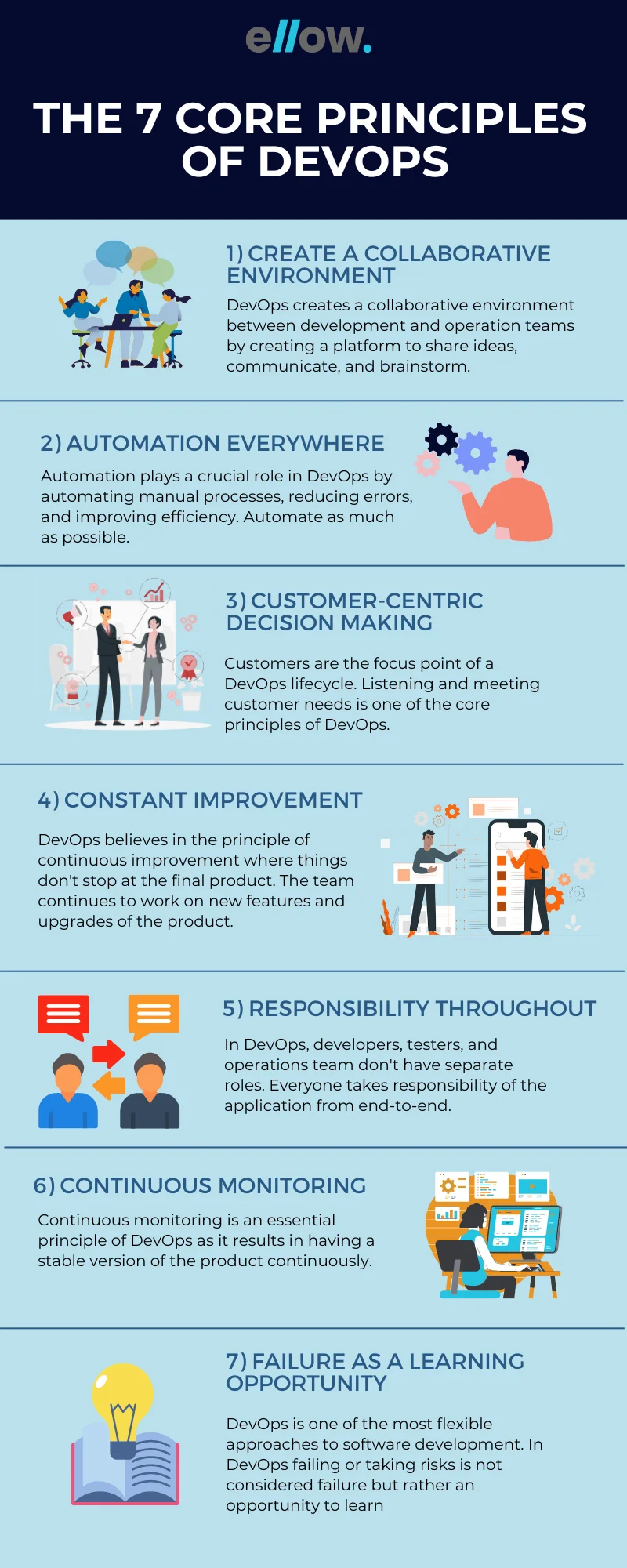
Blog
DevOps and Agile: How They Interrelate?
- Abhishek Ghosh
- May 26, 2023
- 10:51 am

DevOps and Agile are two widely popular approaches in the software development landscape, known for their iterative and incremental methodologies. These methodologies play a crucial role in enhancing efficiency, driving innovation, and improving collaboration and communication within teams and organizations.
DevOps and Agile serve as powerful tools that enable organizations to streamline processes and adapt to the ever-changing demands of the industry.
In this blog, we will understand both Agile and DevOps methodologies, their benefits, principles, how they interrelate and some common misconceptions surrounding both.
Table of Contents
What is Agile?
Agile is a continuous and iterative development and testing approach followed during the SDLC (Software Development Life Cycle). It was developed to do away with the inefficiencies of the waterfall model. The approach emphasizes collaboration, flexibility, and continuous improvement to deliver high-quality software in a rapidly changing environment.
Agile methodologies or agile development originate from the Agile Manifesto, a set of guiding principles for effective software development established by a group of software developers, in 2001.
The life cycle for each agile sprint is 2-4 weeks, where each team / team member works on to complete a set of tasks. Once the sprint is over, the deliverables are reviewed and changes are worked on before moving on to the next sprint.
The 4 values of Agile Manifesto:
The philosophy of agile development is based on the four value of the agile manifesto:
- Individuals and Interactions over Process and Tools
- Working Software over Comprehensive Documentation
- Customer Collaboration over Contract Negotiation
- Responding to change over Following A Plan
The 12 Principles of Agile Manifesto

Benefits of Agile
We can broadly classify the benefits of agile methodologies under three different headings:
Effective Teamwork:
Agile promotes effective teamwork through the following aspects:
a) Collaboration
Agile promotes an environment of frequent communication and collaboration among team members by giving them a platform to brainstorm, share ideas, resolve issues, and work towards a common goal at the same time.
b) Self-organization
Agile emphasises on taking ownership and responsibility for work. This leads to self accountability, thereby resulting in higher productivity, engagement and satisfaction.
c) Cross-functional teams
Agile requires members from different teams with varying expertise to work closely with each other. This diversity enables teams to understand and solve problems better. Also, this results in knowledge sharing between the teams.
Customer satisfaction:
Agile promotes customer satisfaction in the following ways:
- Continuous Customer Collaboration
In Agile, the sprint happens frequently, in every 2-4 weeks. This results in frequent collaboration, product demos, and regular feedback from the clients. Agile ensures that the final product aligns with customer expectations.
- Faster delivery
Agile emphasises on working in small and regular sprints or iterations. By doing so, it becomes easy to incorporate customer feedback into every stage of the SDLC and ensure a faster delivery of the end product.
- Flexibility to change
Agile methodologies align closely with the evolving needs of the customers, and changes are incorporated at every stage. This ensures that, even with multiple change requests, the final product aligns closely with customer expectations.
Continuous Improvement
One of the major benefits of agile is continuous improvement, it helps in the following benefits:
- Faster Feedback Cycles
Faster feedback is an essential part of the agile process. It helps teams identify and address potential issues early in the development cycle. This reduces the cost of potential errors and customer complaints in the future.
- Learning & Growth
Agile provides everyone on the team with the perfect environment to grow and learn. The continuous feedback loop and the multiple sprints, along with working with cross-functional teams, provide everyone time to adapt, learn, retrospect, and grow with time.
Considering the number of benefits of the agile process, now the framework is used beyond software development like marketing, product development, and project management, where iterative development, continuous improvement, and adaptive planning is required.
Scrum, Kanban, and Extreme Programming are widely used to implement agile methodologies.
Companies who have embraced agile have shown better performance, collaboration, engagement, adaption, flexibility to change, and better customer satisfaction. According to Zippa, almost 71% of companies in the US are using agile.
Now let us look at what DevOps is and its importance in the software industry.
What is DevOps?
According to the Google Cloud- State of DevOps 2021 report, 33% of DevOps practitioners work in the technology sector, while 67% work in non-technology sectors such as financial services, education, retail, manufacturing, and more.
The popularity of DevOps across industries lies in its ability to streamline software development processes, improve collaboration & communication, and enhance reliability and efficiency of every software release.
One of the fundamental goals of DevOps is to bridge the gap between development and operation teams, and create a shared responsibility of the entire software development lifecycle.
DevOps, as the name suggests, is a combination of two words ‘Development’ and ‘Operations’. The term was coined in 2009 by Patrick Debois, a pioneer in the field.
Principles of DevOps
There are 7 principles of DevOps which are listed below:

Benefits of DevOps
Here are some of the benefits of DevOps, which is pushing more and more organizations to adopt the culture and practice.
Improves collaboration and communication
DevOps enhances overall organizational communication and collaboration. By promoting frequent communication among teams and encouraging cross-functional collaboration, DevOps contributes to improved teamwork and collaboration.
Reduces time to market
Standardised pipeline, processes, and frequent iterations in DevOps reduces the time taken for delivery of product to the market.
Better Customer Satisfaction
DevOps is a customer-focused culture; continuous delivery and integration, as well as monitoring, help remove issues early in the development lifecycle. It also allows developers to incorporate changes on the go and create a product closely aligned to customer needs.
Greater efficiency and security
DevOps results in a final version of the product, which is more secure and efficient compared to others who do not follow a DevOps approach.
Check out our blog on Top Benefits & Advantages of DevOps to get an in-depth understanding.
How do Agile and DevOps interrelate?
Agile and DevOps are distinct yet interconnected software development approaches utilized by IT teams worldwide.
Agile focuses on iterative and incremental software development, while DevOps extends beyond that boundary. DevOps builds upon Agile principles, encompassing the entire software development lifecycle of development, operations, and continuous delivery.
The below table highlights how Agile and DevOps are similar in most aspects and how they interrelate:
| Agile | DevOps | |
|---|---|---|
| Focus | Iterative and incremental software development | Entire software delivery lifecycle including development, operations, and continuous delivery |
| Values | Collaboration, customer satisfaction, continuous improvement | Collaboration, customer satisfaction, continuous improvement |
| Teams | Cross-functional teams collaborate closely | Cross-functional teams collaborate closely |
| Delivery | Frequent delivery of working software in small increments | Continuous integration, delivery, and deployment of software |
| Automation | Automation of testing and other development processes | Automation of the entire software delivery pipeline |
| Improvement | Continuous improvement and adaptation | Continuous learning and feedback loops for process enhancement |
| Customer | Frequent customer collaboration and feedback | Customer-centric focus on delivering value and meeting needs |
| Alignment | Bridging the gap between development and operations | Bridging the gap between development and operations |
Common Misconceptions of Agile & DevOps
Over the years, Agile and DevOps have created a revolution in the way in which software products are built. They have streamlined overall processes and transformed the software development landscape, enabling organizations to achieve faster delivery, improved collaboration, enhanced quality, and greater customer satisfaction.
Despite the popularity, there are few common misconceptions which organizations have about DevOps and Agile, we have listed a few:
DevOps and Agile are Tools or Technology
DevOps and Agile are not plug-and-play tools or technologies. They are transformative approaches, processes, and cultural shifts in software development, with a strong customer-centric focus.
Quick Fix and Instant Transformation
Many organizations believe that Agile and DevOps are quick-fix solutions and bring in immediate results and instant transformation overnight. The reality is different, both the methodologies require time, effort, long time commitment and improvement.
Agile and DevOps are same
While the basic philosophy of Agile and DevOps might be the same, they are quite different. Agile is used in the context of software development, DevOps is used in conjunction with the software development lifecycle.
Limited only to software development
The concept of Agile and DevOps doesn’t have its scope limited only to software development. It extends across industries and domains globally.
Final thoughts
Can organizations harness the power of Agile and DevOps simultaneously?
Absolutely!
Many leading companies, such as Spotify, Netflix, Amazon, Microsoft, and Etsy, to name a few, have already embraced both Agile and DevOps methodologies.
By combining these approaches, organizations can streamline their processes, deliver maximum value to customers, develop superior products, and accelerate time to market.
DevOps and Agile complement each other.
While we already mentioned they can be implemented individually, when used together, it is a powerful tool for organizations for software development. DevOps provides the essential foundation and infrastructure that enables Agile practices to thrive.
By adopting both approaches, organizations can foster a highly collaborative environment, maximize people’s potential, and remain continuously aligned with customer requirements in this fast-paced world.
Abhishek Ghosh
Abhishek Ghosh
Recent posts


8 Tips for Beginners to Improve Programming Logic






